Timber Ships & Our Heritage in Waste Free Renewable Timber
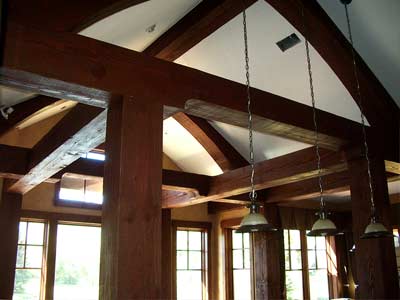
Whether it is in an weathered old timber barn or in something as grand as an awe inspiring great timbered cathedral, there is a welcoming, appealing, warmth of beauty in the handsomely exposed beams of timber frame.
Timber framing is growing in America but timber framing is not a new idea in America. The settlers from Europe brought the art of timber framing with them to America and timber framing was the main means of building and constructing until the mid 19th century. With the ability to mass produce nails, structural braces and the demand for quick small timbers for cheaper housing, the method of stud construction expanded across America. While the majority of American homes today are still being built using the stud construction method there has been a great revival in the art of timber framing construction. New techniques in manufacturing have reduced the labor involved in producing high quality timber and sped up the time in construction. More discerning buyers are turning to the greater stability, more energy efficient, greater value of old-world architecture using timber and timber frame structures.
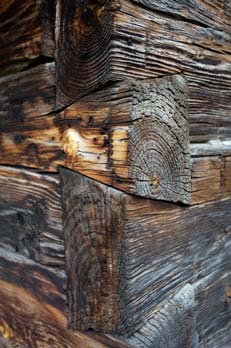
America as we know it today, began for us through the means of timber ships transporting people to this continent. Timber in nautical slang is the component of a ship's structural frame. Timber ships are not new, legends and histories tell of the accomplishments from great explorations through the means of massively over-sized timber vessels. Although you cannot weld wood like steel if timber is thick enough it is can significantly increase the scale in strength and needed flexibility.
Ancient Greek accounts refer to a timber ship called the trireme Tessarakonteres said to have transported 2,850 soldiers along with a crew of 400 men and powered by 4,000 oarsmen! That is a lot of man power.
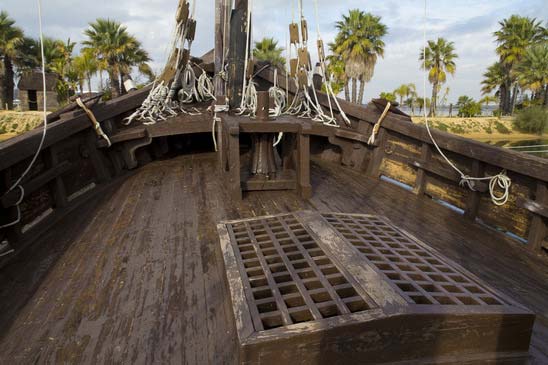
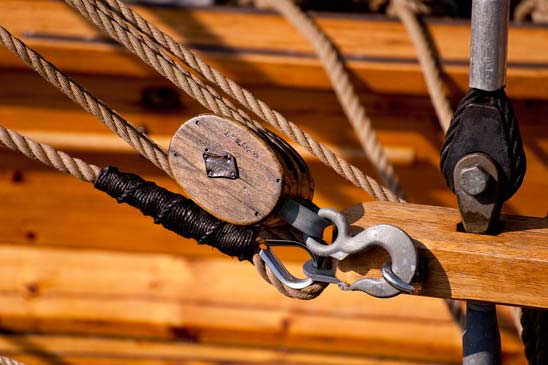
In accounts given from Genesis and the Qur'an, Noah's Ark was described to be at least 450 feet long and built from timbered gopher wood which is well over half the size of the titanic. In the 1400's China was said to have built ships of this same magnitude.
Timber ships have played a major role in the advancement and advantages we have inherited and enjoy today, America is rich in timber history. Over 400 years ago, in 1492, Christopher Columbus set sail with his crew and three ships all fashioned from timber. Columbus sailed on his flagship called the Santa Maria. The Santa Maria was made mostly of oak timbers. The Santa Maria was first launched in 1460. After 32 years of sailing the high seas this ship was used by the Admiral Christopher Columbus for his first voyage. The Santa Maria was estimated to weigh about 108 tons burthen, 62 feet in length. The keel which is longitudinal timber, or series of timbers scarfed together, extending from stem to stern along the center of the bottom of the vessel was estimated to be 41 feet in length. The draught which is the depth of water drawn by a ship is estimated to be 10 feet and the beam 18 feet. Juan Escalante de Mendoza recorded in 1575 that the Santa Maria was 58 feet long on deck and estimated to have weighed a little 100 ton.
The two smaller ships the La Nina and the La Pinta were less than one half of the size of the Santa Maria and were originally used as small merchant vessels. The Santa Maria had three masts, the main mast made from a single Douglas fir tree. It was a slower sailing vessel, much wider and clumsier than the La Nina or the La Pinta. All these ships had been well used long before they became the vessels for one of the greatest exploration adventures ever accomplished. Europe had much larger ships that these at the time, these vessels with this kind of voyage in mind.
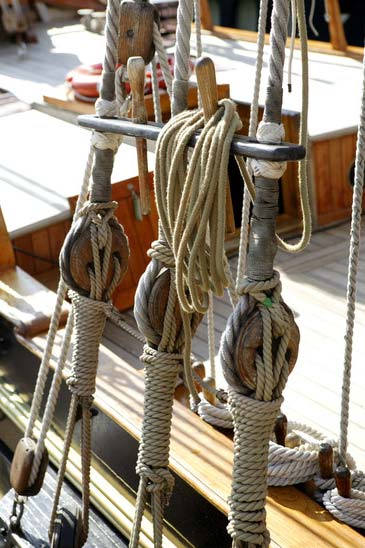
Although, Columbus made this voyage four times this was to be the last voyage for the Santa Maria. One night, after Columbus's crew had been drinking beer, Columbus had ordered his crew to continue sailing on to Cuba late through the night. The crew members kept falling asleep until Pedro de Terreros, a cabin boy was left steering the ship and ran it into a reef off of Cap-Haïtien, Haiti on the 25 of December. Unable to repair the ship Columbus instructed his men to dismantle the timbers from the ship. From the timbers they constructed a fort which he called the La Navidad "Christmas". The anchor from the Santa Maria still resides in Haiti today.

Nautical engineers recognize in consideration of the terrible storms, harsh elements and oceanic conditions, the weight and size of these small timber vessels and the many years these ships had already sailed, these timber ships held up incredibly well and it was partly due to the way these ships were built. The construction methods used for these timber ship were primarily held together in the old-world architecture of wooden pegs and the use of mortised and tenon joints. These are the same joints used in Western Timber Frame pergola structures today that is referred to as the "dovetail joint system". The dovetail joints allowed the wood to swell and contract, working strongly with nature, remaining steadfast, as timber naturally does. Picturing a ship fashioned after today's stud construction never could stand against such a beating. Well designed dovetail old world architecture methods in timber framing work hand and glove together and will always carry long term value, not just for a lifetime but for lifetimes, for the future generations to enjoy.
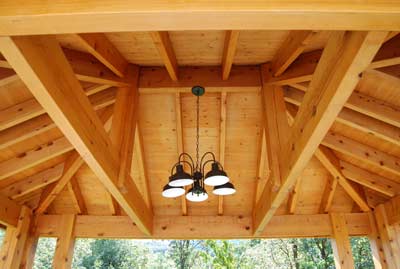
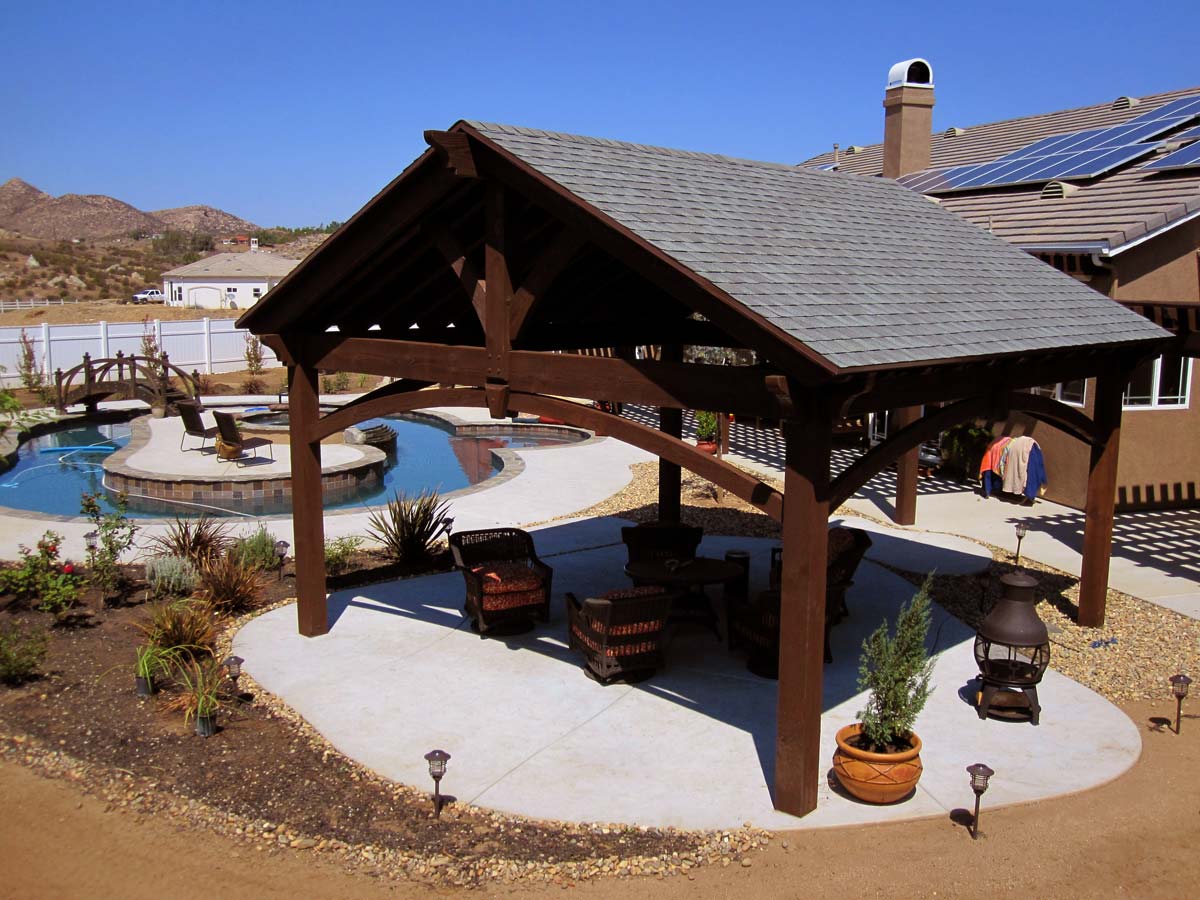
Timber is also renewable, and reusable, what has been termed as "earth-friendly" today. Being "reusable" or "renewable" in not a "new-age" way of thinking by any means. The Columbus, a ship named in honor of Christopher Columbus was built by Charles Woods here in America in 1824. The Columbus was meant to be the first timber ship meant to be a disposable ship. It was built because timber used for ships was not taxed. The idea was to ship the timber and its components in ship form and then dismantle the ship in London and sell the timber.
Disposable ships became popular in North America by assembling large timbers into timber droghers or raft ships and dismantling the timbers and selling them to British shipbuilders. The disposable ships made shipping timber more profitable by lowering the cargo and saving from high British imposed timber taxes. Disposable timber ship construction ceased when the British tax on timber changed and it was no longer an economic advantage. The history of disposable ships is fascinating and continued with other countries following suit to economically transport timbers throughout the early 20th century. These were not all small business ventures, some of these giant boats were known to have hauled in excess of 5,000 tons of timber at a time and after the voyage the entire boat would be dismantled and sold piecemeal. Most timber drougher business ventures proved to be very successful and advantageous for them monetarily, but a few were built primarily for profit, not safety and were quite the precarious trips.
Secondary reuse of timber from previous building projects is known to archaeologists and is still an accepted practice today as it was in ancient times. In 1620 a timber ship called the Mayflower made the historic voyage to the New World. There is little known about the Mayflower. They believe it was built before 1606. There are records of a ship called the Mayflower frequently delivering cargo of wine, cloth, salt, hats, vinegar etc. between 1591 and 1612 to several places, even as far away as Norway. There have been many claims as to what happened to the timbers from the Mayflower. Some claim and it is local folklore that the timbers from the Mayflower were made into a roof of an old barn at Jordans Buckinghamshire. It is also said the wooden pillars in a Baptist chapel in Oxfordshire England made from the masts of the Mayflower. It is interesting that the barn at Jordans Buckinghamshire's main beam does have a great crack in it just as described by those who witnessed it happen during a terrible storm on the Mayflower's maiden voyage.
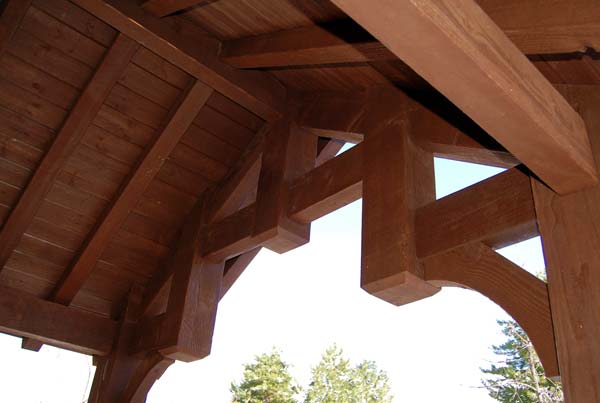

Today, people still convert secondary timber from barns homes, churches, storefronts, grist mills, bridges and cabins into new construction or restore and renovate the old. Timber is renewable, reusable and rich in history.
Our heritage in timber is one to be proud of. Not one part of timber is ever wasted. In a generation that claims to be consumed in too much waste of hard to recycle materials, that is refreshing. Well built timber frame structures gives an inheritance for future generations to enjoy for centuries to come, either in its original structure or renewed and given new life and value to new generations.
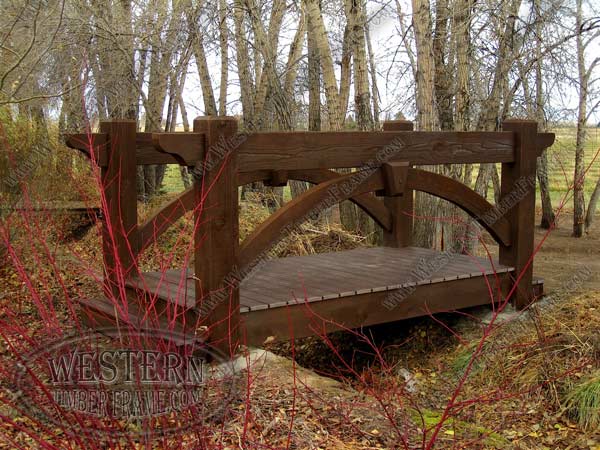
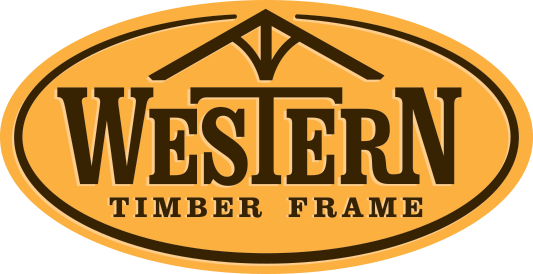


Leave a Comment